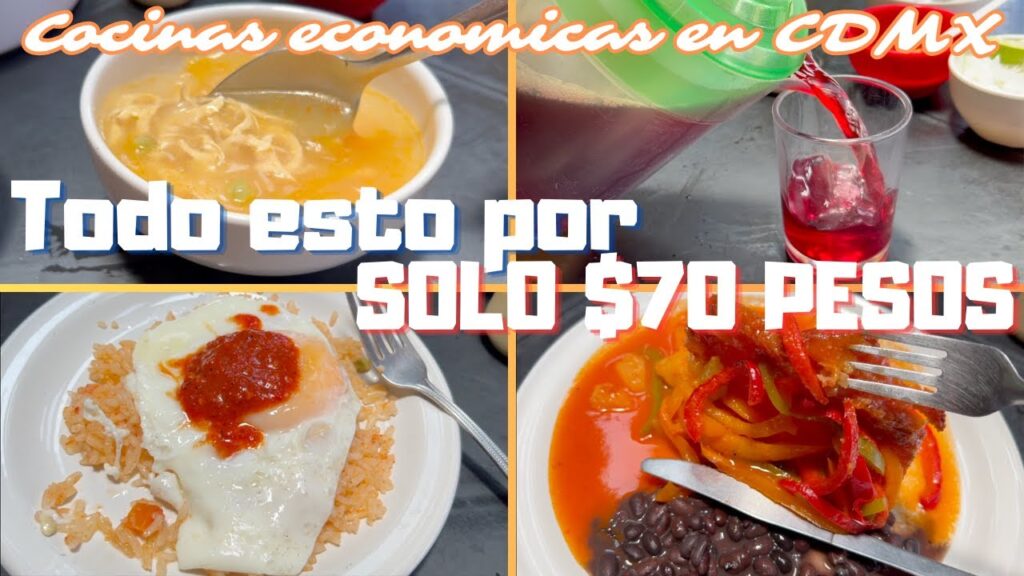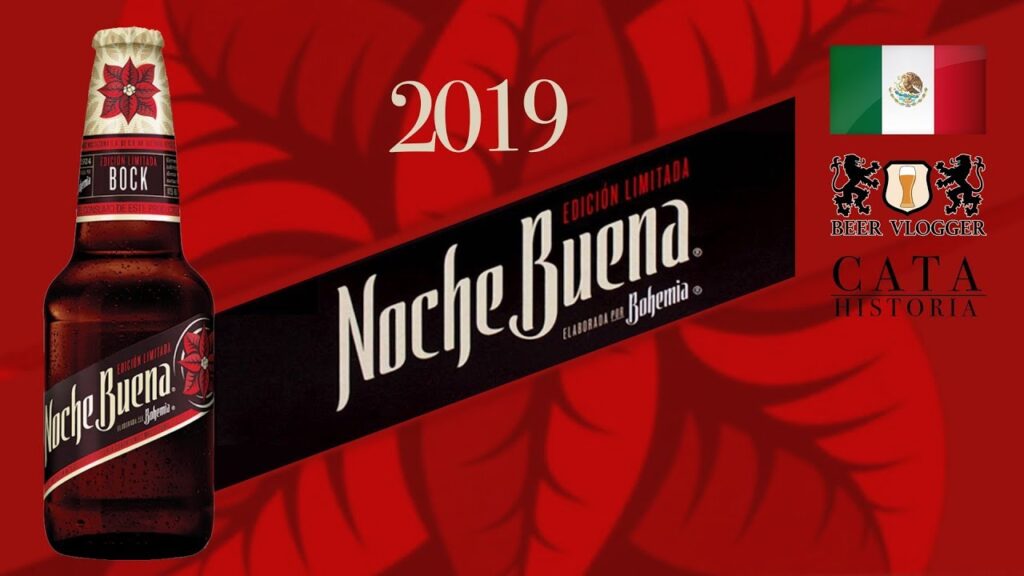The Origins of Mexico’s Economic Kitchens: Affordable Three-Course Meals
The concept of economic kitchens, or “cocinas económicas”, in Mexico is deeply rooted in the nation’s cultural and historical tapestry. Initially originating as a response to the need for affordable and nutritious meals for working-class citizens, these modest establishments quickly became a cornerstone of community dining. Long before fast-food chains made their way into the heart of Mexico’s bustling cities, these economic kitchens were serving up hearty three-course meals that spoke directly to the soul of traditional Mexican gastronomy.
In many Mexican towns and cities, the “cocina económica” is more than just a place to eat; it’s a place where the rich tapestry of Mexican cuisine is showcased in its most elemental form. These kitchens often operate out of small storefronts or from the cooks’ own homes, offering a daily “menú del día” that includes a soup, a main dish with accompaniments, and a dessert. The key to their sustainability lies in the rotation of a variety of dishes that utilize seasonal and local ingredients, keeping both cost and flavor in mind.
Historically, the development of economic kitchens in Mexico is tied to societal shifts and the increasing industrialization in the 20th century, prompting the migration of individuals from rural areas to cities. As urbanization progressed, the need for quick, nutritious, and affordable meals became more pronounced. Women, often the primary caregivers and cooks in families, seized the opportunity to provide for the growing workforce. This not only filled a crucial market need but also allowed these women to generate income and achieve financial independence.
The affordability of the meals served at “cocinas económicas” does not equate to a compromise in taste or quality. Instead, these meals are a testament to the ingenuity and rich culinary traditions of Mexico. Staple dishes may include “sopa de fideo” (noodle soup), “arroz” (rice), “milanesa” (breaded meat cutlets), “mole” (a rich sauce often served over chicken), and “frijoles” (beans), accompanied by freshly made tortillas. Desserts might feature simple, yet satisfying sweets such as “arroz con leche” (rice pudding) or “flan” (caramel custard).
The enduring popularity of economic kitchens in Mexico highlights an unspoken culinary philosophy that resonates throughout the nation: good food need not be expensive or complex to be enjoyable. It’s a celebration of basic ingredients brought to life through time-honored recipes and the skilled hands of the cooks who prepare them daily. As visitors journey through Mexico, they discover that these modest eateries offer a culinary experience deeply connected to the heart and community of Mexican culture.
Exploring the History of Economic Kitchens in Mexico
The concept of economic kitchens, or ‘cocinas económicas’, has a rich history that traces the roots of Mexico’s culinary tradition in a unique way. These small, family-run establishments have been the cornerstone of affordable home-style cooking for local communities throughout the country. Their rise can be closely linked to Mexico’s urbanization in the late 19th and early 20th centuries, when rural residents moved to the cities in search of work and a better life.
Typically, these “cocinas económicas” offer a set menu known as ‘comida corrida’, which translates to “running food”, hinting at the speedy nature of service. The comida corrida typically includes a soup or broth, a rice or pasta dish, a main course featuring meat or vegetables, and often a simple dessert. This format adheres to the rhythms of the working class, providing nourishment that is both accessible and reminiscent of a home-cooked meal.
Unlike restaurants that cater to tourists or higher income populations, economic kitchens often fly under the radar, offering an authentic culinary experience steeped in tradition. Many of these establishments have been passed down through generations, with recipes and techniques that tell the story of Mexico’s regional diversity and history. The menus change daily and are usually centered around seasonal and locally-available ingredients, making each visit a unique encounter with the true flavors of Mexico.
Beyond their culinary offerings, “cocinas económicas” have played an important role in the social and economic fabric of Mexican society. They have been empowering spaces for women, often serving as one of the few places where they could independently own and operate a business. Through serving nutritious, budget-friendly meals, these kitchens have nourished countless working Mexicans and continue to be a testament to the nation’s spirit of enterprise and community.
The Traditional Three-Course Meal Structure in Mexico’s Cocinas Económicas
Venturing into one of Mexico’s cocinas económicas is an authentic dive into the country’s culinary heart. These modest, family-run eateries offer up the traditional three-course meal, “comida corrida”, which varies daily based on available fresh ingredients. The first course, or “entrada”, often consists of comforting soup or a light salad, setting the palate for the symphony of flavors to follow.
As your anticipation builds, the second course – the “plato fuerte” – makes its grand entrance. It’s typically a generous portion of meat, such as the beloved “pollo en mole” or “carne asada”, accompanied by rice, beans, or another side that complements the main dish’s robust flavors. The middle course embodies the core of Mexican culinary tradition, highlighting local recipes passed down through generations.
Finally, the third course, “postre”, arrives to provide a sweet conclusion to the meal. While desserts in cocinas económicas are often simpler than those found in upscale restaurants, they are equally delightful. From creamy “arroz con leche” to a light and airy “flan”, the final course is a testament to the age-old wisdom that simplicity can be the ultimate sophistication in the art of cooking.
How Mexico’s Cocinas Económicas Revolutionized Quick and Affordable Dining
In the bustling streets of Mexico’s towns and cities, cocinas económicas serve as cultural monuments to the nation’s love for simple, hearty, and accessible food. These small eateries emerged as a response to the working-class necessity for affordable meals during long workdays. They quickly became ingrained in the daily lives of many Mexicans, offering a taste of home-cooked meals away from home. From busy laborers to office workers, people from all walks of life could sit down to enjoy a satisfying meal without emptying their wallets, thus revolutionizing the concept of quick and affordable dining.
Unlike fast-food chains or street-side stalls, cocinas económicas focus on providing a variety of home-style dishes that change daily. The menu is often a rotation of traditional recipes, each day presenting a surprise element to its patrons. Regulars might find themselves enjoying a steaming bowl of pozole on one day and a plate of mole poblano the next. This ever-changing menu not only caters to the Mexican palate but also encourages repeat visits, with the promise of a different meal each day at a fraction of restaurant prices.
The term ‘economical’ in cocinas económicas extends beyond just the prices. These eateries embody economical use of space and resources, often operating out of compact premises with minimal decor. Their efficiency is evident in the speed of service and the maximization of seating, ensuring that clients do not spend their brief lunch breaks waiting for their food. The kitchen setup, often visible to the customers, showcases the efficiency of preparation as the cooks deftly churn out dish after dish with astonishing swiftness.
Moreover, cocinas económicas have become social hubs, where people converge not only for nourishment but for camaraderie and the exchange of news and gossip. They provide a warm, community-focused experience that modern fast-food outlets often lack. In doing so, these humble establishments have nurtured a sense of belonging among their clientele, making them beloved cornerstones in their neighborhoods. Through serving up generous portions of comfort food along with a side of friendly conversation, cocinas económicas stand out as pivotal players in Mexico’s food culture and social fabric.
Discovering the Birth of Cocinas Económicas: A Culinary Journey Through Mexico
The concept of Cocinas Económicas is deeply rooted in the fabric of Mexican society, an emblem of the nation’s rich culinary traditions and communal spirit. Originating as simple, family-run establishments, these eateries began serving affordable, home-style meals to locals, quickly becoming a staple for workers seeking sustenance and comfort during their midday break. As we embark on this culinary journey, we delve into the historic evolution of these humble yet significant institutions.
Our adventure starts in the hustle and bustle of Mexico’s vibrant markets, where the very first Cocinas Económicas emerged. Pioneers of these kitchens recognized the need for low-cost dining options among the working class and sought to provide hearty, nutritious meals without the frills of formal restaurants. These spaces offered an array of local dishes, prepared with the loving care characteristic of Mexican home cooking, fostering a sense of community and belonging among its patrons.
As we traverse through the quaint streets of various Mexican towns, we witness the cultural diversity that Cocinas Económicas embody. Each region imparts its unique flavors and specialties into the menu, transforming these eateries into a culinary mosaic reflective of Mexico’s geographical and cultural landscape. From the rich moles of Oaxaca to the fiery salsas of the Yucatán, Cocinas Económicas serve as gateways to exploring the depths of Mexico’s gastronomic heritage.
Integral to the staying power of Cocinas Económicas has been their ability to adapt and endure through changing times. The integration of modern cooking techniques and the incorporation of new ingredients showcase the evolutionary nature of Mexican cuisine, while still preserving the essence of traditional recipes passed down through generations. These establishments not only nourish the body but also facilitate the transmission of cultural knowledge and culinary artistry.
In our quest to understand the birth and proliferation of Cocinas Económicas, we cannot overlook the role of family and the impact of community support in their success. Women, often at the helm, have been instrumental in shaping the identity of these eateries, infusing them with love, warmth, and the soul of Mexican hospitality. As we continue to explore these gastronomical gems, we pay homage to the collective efforts that have sustained them through the annals of time and the shared memories they continue to create.



